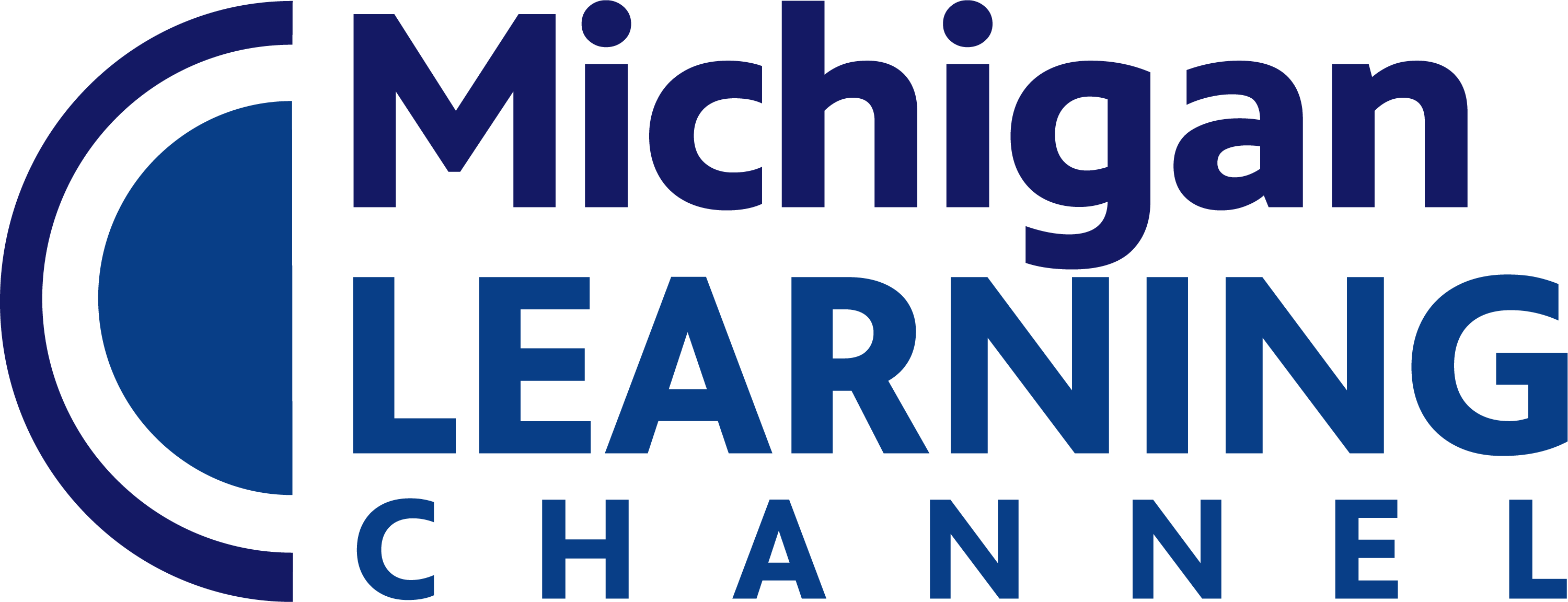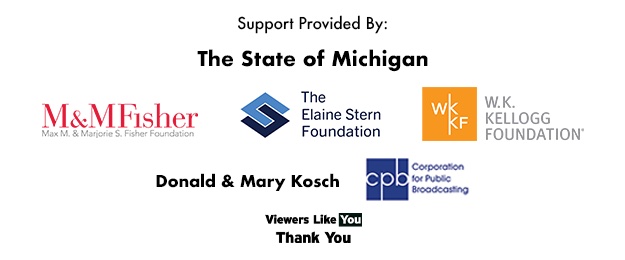Subjects
Shows
Apply properties of operations as strategies to multiply and divide. Examples: If 6 × 4 = 24 is known, then [...]
Understand division as an unknown-factor problem. For example, divide 32 ÷ 8 by finding the number that makes 32 when [...]
Fluently multiply and divide within 100, using strategies such as the relationship between multiplication and division (e.g., knowing that 8 [...]
Solve two-step word problems using the four operations. Represent these problems using equations with a letter standing for the unknown [...]
Identify arithmetic patterns (including patterns in the addition table or multiplication table), and explain them using properties of operations. For [...]
Use place value understanding to round whole numbers to the nearest 10 or 100.
Fluently add and subtract within 1000 using strategies and algorithms based on place value, properties of operations, and/or the relationship [...]
Multiply one-digit whole numbers by multiples of 10 in the range 10-90 (e.g., 9 × 80, 5 × 60) using [...]
Tell and write time to the nearest minute and measure time intervals in minutes. Solve word problems involving addition and [...]
Measure and estimate liquid volumes and masses of objects using standard units of grams (g), kilograms (kg), and liters (l). [...]
Draw a scaled picture graph and a scaled bar graph to represent a data set with several categories. Solve one- [...]
Generate measurement data by measuring lengths using rulers marked with halves and fourths of an inch. Show the data by [...]
Recognize area as an attribute of plane figures and understand concepts of area measurement.
A square with side length 1 unit, called “a unit square,” is said to have “one square unit” of area, [...]
A plane figure which can be covered without gaps or overlaps by n unit squares is said to have an [...]
Measure areas by counting unit squares (square cm, square m, square in, square ft, and improvised units).
Find the area of a rectangle with whole-number side lengths by tiling it, and show that the area is the [...]
Multiply side lengths to find areas of rectangles with whole-number side lengths in the context of solving real world and [...]
Use tiling to show in a concrete case that the area of a rectangle with whole-number side lengths a and [...]
Interpret products of whole numbers, e.g., interpret 5 × 7 as the total number of objects in 5 groups of [...]
Interpret whole-number quotients of whole numbers, e.g., interpret 56 ÷ 8 as the number of objects in each share when [...]
Use multiplication and division within 100 to solve word problems in situations involving equal groups, arrays, and measurement quantities, e.g., [...]
Determine the unknown whole number in a multiplication or division equation relating three whole numbers. For example, determine the unknown [...]
Model how information is broken down into smaller pieces, transmitted as packets through multiple devices over networks and the Internet, [...]
Discuss real-world cybersecurity problems and how personal information can be protected.
Organize and present collected data visually to highlight relationships and support a claim.
Use data to highlight or propose cause-and-effect relationships, predict outcomes, or communicate an idea.
Compare and refine multiple algorithms for the same task and determine which is the most appropriate.
Create programs that use variables to store and modify data.
Create programs that include sequences, events, loops, and conditionals.
Decompose (break down) problems into smaller, manageable subproblems to facilitate the program development process.
Modify, remix, or incorporate portions of an existing program into one's own work, to develop something new or add more [...]
Use an iterative process to plan the development of a program by including others' perspectives and considering user preferences.
Observe intellectual property rights and give appropriate attribution when creating or remixing programs.
Test and debug (identify and fix errors) a program or algorithm to ensure it runs as intended.
Take on varying roles, with teacher guidance, when collaborating with peers during the design, implementation, and review stages of program [...]
Describe choices made during program development using code comments, presentations, and demonstrations.
Discuss computing technologies that have changed the world, and express how those technologies influence, and are influenced by, cultural practices.
Brainstorm ways to improve the accessibility and usability of technology products for the diverse needs and wants of users.
Seek diverse perspectives for the purpose of improving computational artifacts.
Use public domain or creative commons media, and refrain from copying or using material created by others without permission.
Describe how internal and external parts of computing devices function to form a system.
Model how computer hardware and software work together as a system to accomplish tasks.
Determine potential solutions to solve simple hardware and software problems using common troubleshooting strategies.
Students recognize and utilize the features and functions of a variety of creation or communication tools.
Student create original works and learn strategies for remixing or repurposing to create new artifacts.
Students create digital artifacts to communicate ideas visually and graphically.
Students learn about audience and consider their expected audience when creating digital artifacts and presentations.
Students use digital tools to broaden their perspectives and enrich their learning by collaborating with others and working effectively in [...]
Subjects
Shows
Apply properties of operations as strategies to multiply and divide. Examples: If 6 × 4 = 24 is known, then [...]
Understand division as an unknown-factor problem. For example, divide 32 ÷ 8 by finding the number that makes 32 when [...]
Fluently multiply and divide within 100, using strategies such as the relationship between multiplication and division (e.g., knowing that 8 [...]
Solve two-step word problems using the four operations. Represent these problems using equations with a letter standing for the unknown [...]
Identify arithmetic patterns (including patterns in the addition table or multiplication table), and explain them using properties of operations. For [...]
Use place value understanding to round whole numbers to the nearest 10 or 100.
Fluently add and subtract within 1000 using strategies and algorithms based on place value, properties of operations, and/or the relationship [...]
Multiply one-digit whole numbers by multiples of 10 in the range 10-90 (e.g., 9 × 80, 5 × 60) using [...]
Tell and write time to the nearest minute and measure time intervals in minutes. Solve word problems involving addition and [...]
Measure and estimate liquid volumes and masses of objects using standard units of grams (g), kilograms (kg), and liters (l). [...]
Draw a scaled picture graph and a scaled bar graph to represent a data set with several categories. Solve one- [...]
Generate measurement data by measuring lengths using rulers marked with halves and fourths of an inch. Show the data by [...]
Recognize area as an attribute of plane figures and understand concepts of area measurement.
A square with side length 1 unit, called “a unit square,” is said to have “one square unit” of area, [...]
A plane figure which can be covered without gaps or overlaps by n unit squares is said to have an [...]
Measure areas by counting unit squares (square cm, square m, square in, square ft, and improvised units).
Find the area of a rectangle with whole-number side lengths by tiling it, and show that the area is the [...]
Multiply side lengths to find areas of rectangles with whole-number side lengths in the context of solving real world and [...]
Use tiling to show in a concrete case that the area of a rectangle with whole-number side lengths a and [...]
Interpret products of whole numbers, e.g., interpret 5 × 7 as the total number of objects in 5 groups of [...]
Interpret whole-number quotients of whole numbers, e.g., interpret 56 ÷ 8 as the number of objects in each share when [...]
Use multiplication and division within 100 to solve word problems in situations involving equal groups, arrays, and measurement quantities, e.g., [...]
Determine the unknown whole number in a multiplication or division equation relating three whole numbers. For example, determine the unknown [...]
Model how information is broken down into smaller pieces, transmitted as packets through multiple devices over networks and the Internet, [...]
Discuss real-world cybersecurity problems and how personal information can be protected.
Organize and present collected data visually to highlight relationships and support a claim.
Use data to highlight or propose cause-and-effect relationships, predict outcomes, or communicate an idea.
Compare and refine multiple algorithms for the same task and determine which is the most appropriate.
Create programs that use variables to store and modify data.
Create programs that include sequences, events, loops, and conditionals.
Decompose (break down) problems into smaller, manageable subproblems to facilitate the program development process.
Modify, remix, or incorporate portions of an existing program into one's own work, to develop something new or add more [...]
Use an iterative process to plan the development of a program by including others' perspectives and considering user preferences.
Observe intellectual property rights and give appropriate attribution when creating or remixing programs.
Test and debug (identify and fix errors) a program or algorithm to ensure it runs as intended.
Take on varying roles, with teacher guidance, when collaborating with peers during the design, implementation, and review stages of program [...]
Describe choices made during program development using code comments, presentations, and demonstrations.
Discuss computing technologies that have changed the world, and express how those technologies influence, and are influenced by, cultural practices.
Brainstorm ways to improve the accessibility and usability of technology products for the diverse needs and wants of users.
Seek diverse perspectives for the purpose of improving computational artifacts.
Use public domain or creative commons media, and refrain from copying or using material created by others without permission.
Describe how internal and external parts of computing devices function to form a system.
Model how computer hardware and software work together as a system to accomplish tasks.
Determine potential solutions to solve simple hardware and software problems using common troubleshooting strategies.
Students recognize and utilize the features and functions of a variety of creation or communication tools.
Student create original works and learn strategies for remixing or repurposing to create new artifacts.
Students create digital artifacts to communicate ideas visually and graphically.
Students learn about audience and consider their expected audience when creating digital artifacts and presentations.
Students use digital tools to broaden their perspectives and enrich their learning by collaborating with others and working effectively in [...]


